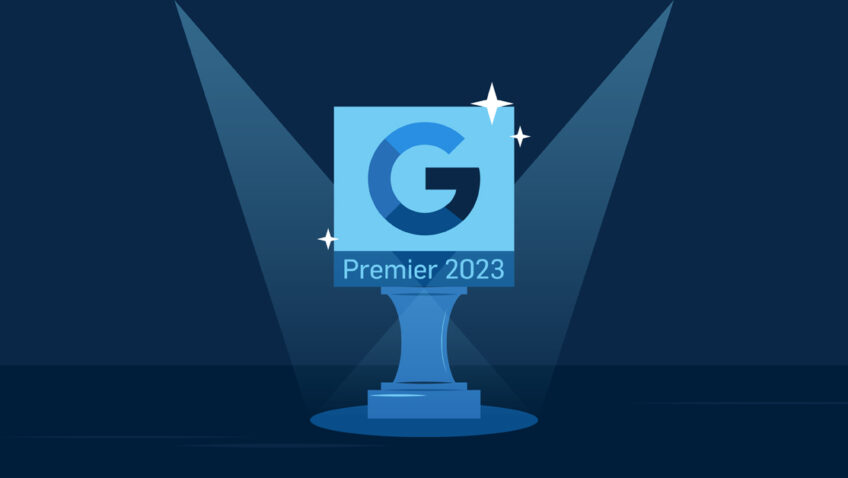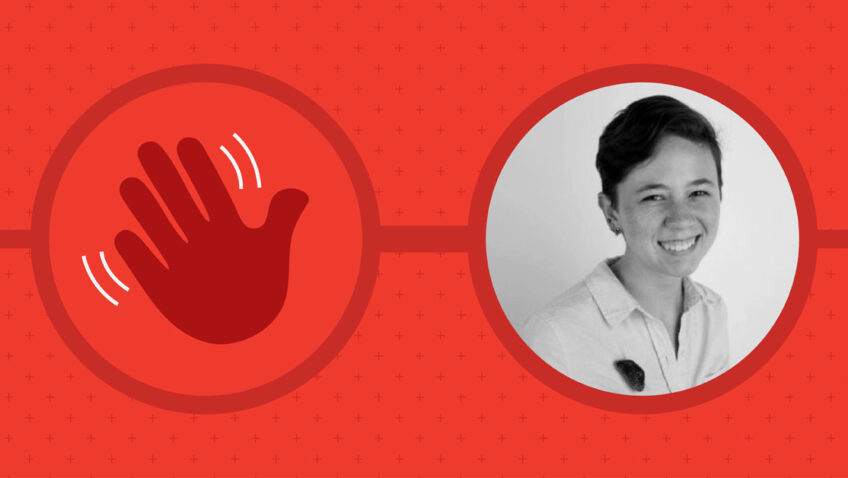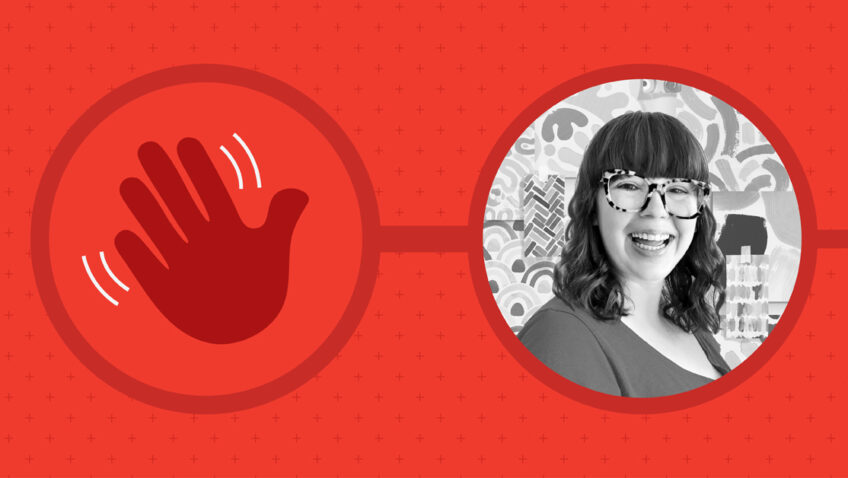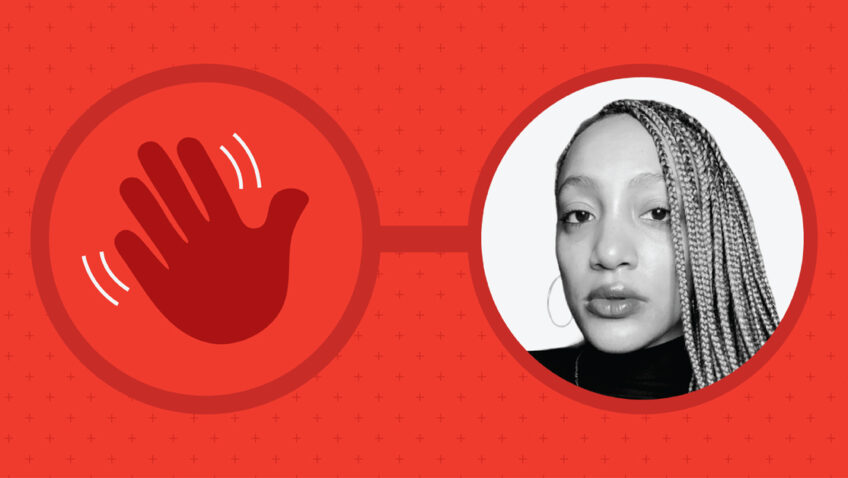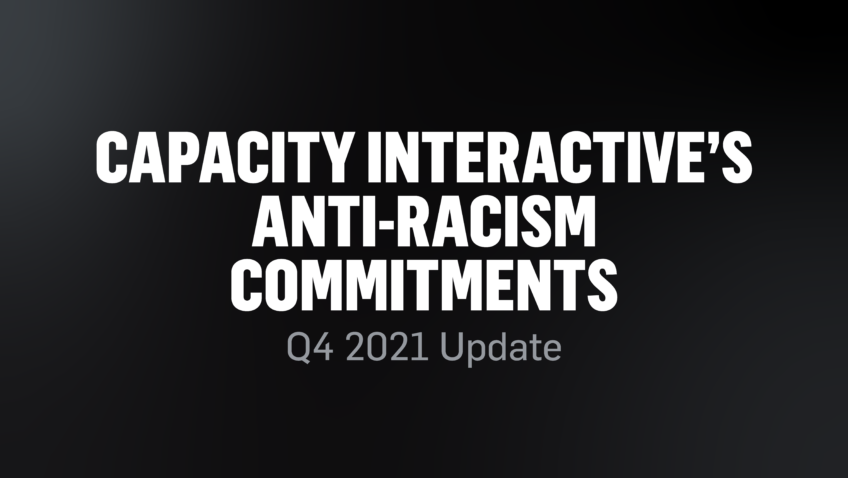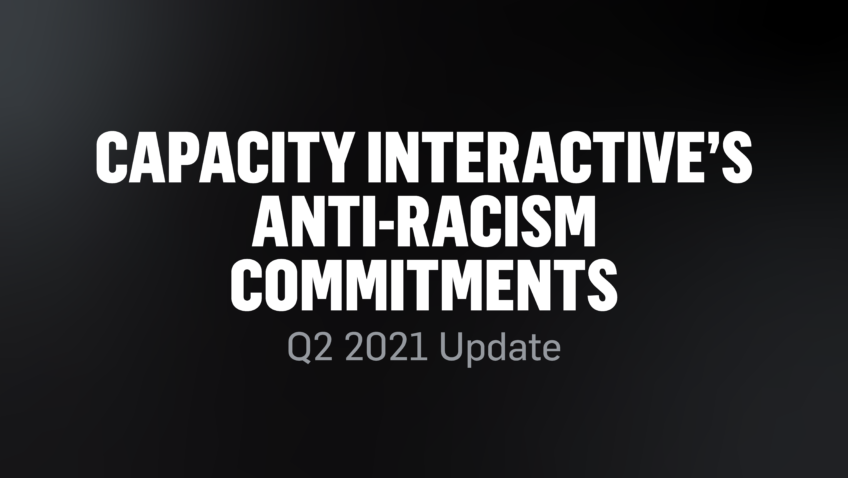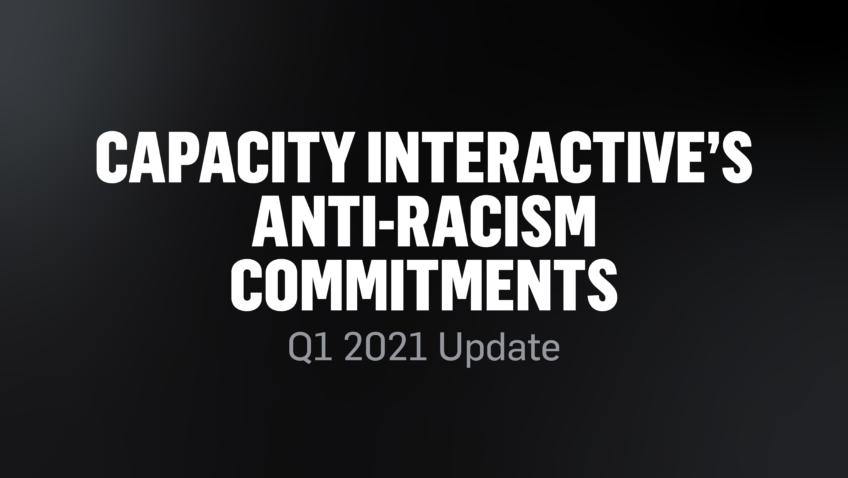Your Guide to Boot Camp
There’s quite a bit of nerdery happening in the blog post. If you’re new to the conference, you’ll want to read the whole thing. If you’re a vet, you may want to skip toward the end of the post. I hope you find some of my ideas helpful.
If you’ve never been to Digital Marketing Boot Camp for the Arts, let me just say this: you will find your people.
I’m the Director of Marketing, Sales, and Communications at BalletMet, and this will be my fifth year attending, and my first year presenting! Every year, I always find someone new to connect and nerd out with. Want to talk AI? Go for it. Want to chat about strategy for building new audiences? Yes, please! Want to give me a ridiculous amount of amazing information that I can use to do my job better, cheaper and more efficiently? Glory to the marketing geeks and gods.
I’ve rounded up all my tips and tricks to make this your best Boot Camp ever. Read on for how to prep before, make the most during and put the learning to work after.
Before Boot Camp
Pack For Comfort (and Download the App!)
I know this may seem a little silly considering the wealth of information available about Boot Camp, but I had no idea what to expect my first year.
For all of you Boot Camp newbies, I know you’re really wondering: What should I wear?! Anything goes, but it’s mostly a mix of office casual. I typically wear jeans, boots and a sweater. Opt for comfort.
Boot Camp also has an app that I highly recommend downloading before the conference. (It usually comes out the week before the conference starts, so keep an eye on your email.) It has links to speaker bios, the schedule, a social component and, my personal favorite part, a list of everyone who is attending and their LinkedIn profiles. I love finding out who will be there and who I’d like to seek out during the networking hours!
Develop a Note-Taking System
You’re going to be taking a lot of notes, so it might be beneficial to develop a system beforehand to help you transcribe quickly and efficiently—and make it easier to refer back to when Boot Camp is over.
I have my own set of key phrases and words that I place in the left margins of what I’m typing on my iPad.
DOTHIS means it’s something I think BalletMet should absolutely do.
IDEA indicates a specific idea sparked during a presentation.
READ calls out a book recommendation.
PHOTO means there is a specific photo of a slide that relates to this.
RESEARCH notes when I need to look into something further.
I also take photos of the slides. This may seem like overkill since they send out most of the presentation decks afterward, but I can never seem to remember what specific slide in a presentation is referenced in my notes, so I find that a combination works best for me.
DURING BOOT CAMP
Come Prepared
OK, it’s time. You’ve checked in, grabbed breakfast from the amazing spread, had your coffee and are heading into the room where it happens (Sorry, I couldn’t resist).
I’m always over-prepared, so I pack a bag with some essentials for the day. It has extra business cards, a phone charging brick, cords, my iPad/keyboard, a notebook, mints, and a blanket scarf or jacket.
Geek Out
Boot Camp typically starts with a video intro and a keynote speaker. You’re going to want to take notes from the get-go. In my first year, I learned I couldn’t write fast enough with a pen and paper, so I switched to an iPad with a keyboard. (This allows me to take both photos and notes very easily.)
There are usually about 1-2 sessions and then a break with some snacks and coffee. These quick breaks are also a great time to catch up with people and introduce yourself.
Pro tip: To avoid lines, hit the restrooms first, then head to the snack table.
The morning is rounded out with a few more presentations and panels, followed by a lunch where you have another opportunity to network with fellow attendees. Lunch is followed by three to four awesome talks and then a fantastic networking event with wine and snacks. Your brain will be on overload, so this reception is a really nice way to decompress.
The second day is structured similarly, but after the final reception, reality sets in that you have to leave. So you cry. I’m kidding… sort of.
AFTER BOOT CAMP
Take Time to Process
New friends made, new ideas spawned and now the hardest part: actually making something happen. Maybe you don’t know where to focus or where to find money or how to convince leadership this is important. I’ve been there. Here’s how I sort through lessons learned.
1. Download information. I take 1-2 days when I first get back to download what I’ve learned. I know some people set aside an hour or two a week for a few weeks.
2. Acknowledge your strengths. Figure out what you’re doing well. Consider things presenters and panelists talked about where you thought, yeah, we do that. Write it down and revel in it. You’re doing a good job.
3. Find your opportunities. Identify the area where you have the most opportunity to improve. An easy way to start this process is to go back through your notes and make a list of each DOTHIS, IDEA or RESEARCH.
4. Rank opportunities. Take that list, and rank the top 6-7 things that you believe are important to your organization.
5. Create milestone goals. Cut your ranked list into sections. What can get done within 3 months, 12 months, 24 months?
6. Get team approval. Meet with members of your team (if you have one) to get their input and thoughts on this list.
Present for Buy-In
I download all of the presentation slides as soon as Capacity Interactive sends them out post-conference so I can reference them in future presentations and in talks with my team.
I loop everyone on my team into a high-level overview of each presentation and share the lists I made. We talk about what we’re doing well and the seven things I think we should focus on in the future. We adjust and evaluate my timeframes and make a new list together. We break down everything that would need to happen to accomplish these goals.
All of these steps become our blueprint for a new strategy and our basis for a presentation to leadership and the board. I do this by creating a slide with the top five things our organization is doing well and five things we need to make a priority to improve this year. I incorporate follow-up slides from Boot Camp presentations with stats and data to lend credibility.
Don’t Get Discouraged
Sometimes it’s easy to implement major changes, and sometimes, it’s not.
Last year, one of our biggest problems was our website’s mobile load time. At the time of the conference, it was 23 seconds! (Yikes.) I talked to my web coordinator, and she made that her priority over the next few weeks. It only cost us $40 and some research time on her end, and within ten days, she had our mobile load time down to three seconds.
Other times, making changes hasn’t been easy. I’ve been working on a custom website that suits our needs for 8 years. I’m sure you’ll find similar issues, and it may be that you’ll need a lot of money to accomplish them or a new hire or board support or just more time in your day. Those types of changes take a little longer to break down and figure out how to make them happen. But it’s doable—even if it takes years. My advice is to work backward from the end goal and write down each step it will take to get there. Then just start taking them. Remember to celebrate the small goals achieved because they are important too!
I’ll be at the conference this year, so if you see me around, let’s chat! It doesn’t even have to be about marketing. I’m happy to hear about your kids, see a photo of your dog or even talk paint colors for your kitchen! I hope to connect with you soon.
Lynette Shy is the Director of Marketing, Sales, and Communications at BalletMet. She will be presenting at Digital Marketing Boot Camp for the Arts 2019 on how arts marketers can foster change in their organization.



